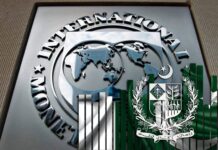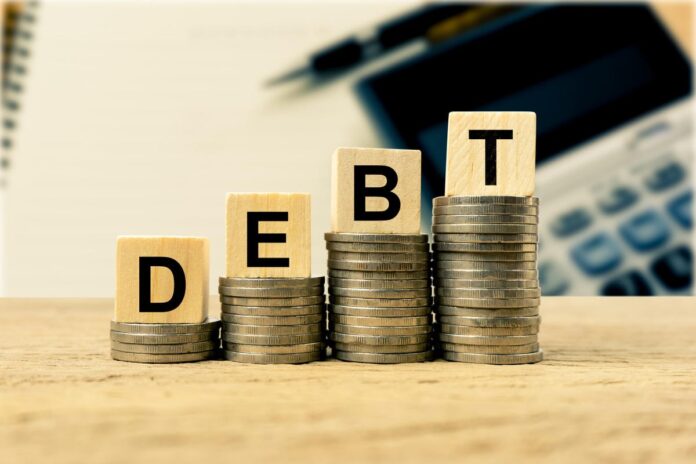Pakistan’s debt rose to Rs69.6 trillion in July 2024, marking a 12.7% increase compared to the same period last year, according to data released by the State Bank of Pakistan (SBP).
The debt grew by 1% on a month-to-month basis, up from Rs68.9 trillion in June.
The government’s domestic debt increased by 22.2% year-on-year, reaching Rs47.7 trillion in July, with a month-on-month increase of 1.1%.
On the other hand, external debt declined by 3.7% to Rs21.91 trillion, mainly due to a stable exchange rate and low international credit ratings, which limited access to fresh loans from global commercial banks.
The rise in public debt is attributed to budget deficits, low revenue collection, high-interest payments, and financial support for unprofitable public-sector enterprises. High interest rates have increased the government’s debt-servicing costs, leading to further borrowing to cover interest payments, which has contributed to the overall debt accumulation.
While the central government debt as a percentage of GDP fell to 66% in July, down from 74% a year earlier, analysts caution that structural economic issues continue to pose significant risks.
With inflation now in single digits at 9.6% in August, there is speculation that the SBP may cut interest rates by 100-150 basis points in its upcoming monetary policy meeting on September 12. The SBP has already reduced policy rates by 250 basis points in its previous two meetings, bringing the current rate to 19.5%.
























